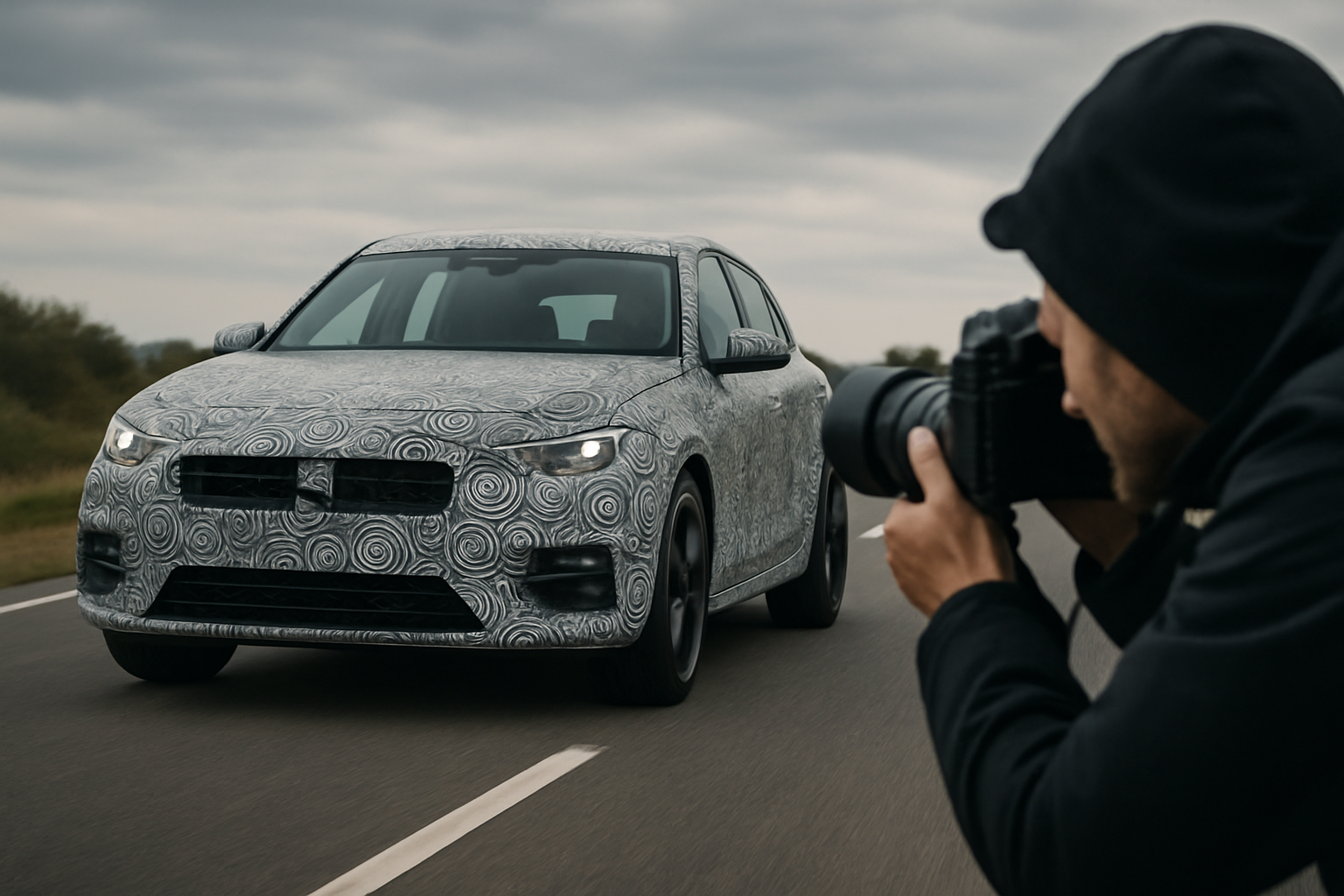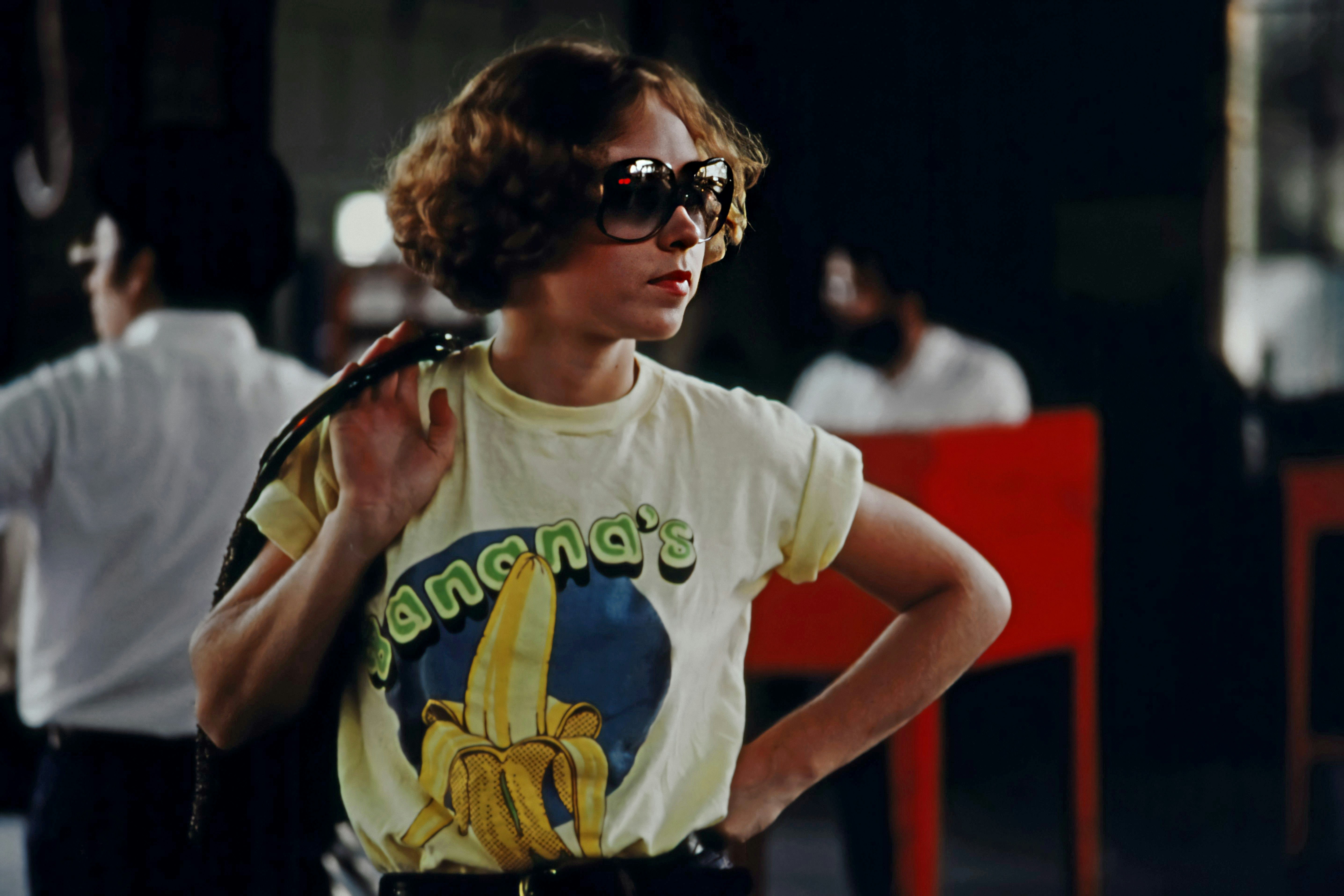The Hidden World of Automotive Camouflage
In the secretive realm of automotive development, a peculiar art form has emerged: automotive camouflage. Far from the military-inspired patterns adorning off-road vehicles, this camouflage serves a crucial purpose in the automotive industry. It's a high-stakes game of hide-and-seek, where manufacturers strive to conceal their latest creations from prying eyes and competitor spies.

The Origins of Automotive Camouflage
Automotive camouflage, also known as car camouflage or disguise, traces its roots back to the mid-20th century. As competition in the automotive industry intensified, manufacturers became increasingly protective of their upcoming models. The need to test vehicles in real-world conditions while maintaining secrecy gave birth to this unique form of disguise.
Initially, rudimentary methods were employed, such as simple black paint or canvas covers. However, as automotive photography advanced and spy shots became more common, manufacturers had to up their game. This led to the development of more sophisticated camouflage techniques that could effectively distort a vehicle’s shape and features.
The Science Behind the Swirls
Modern automotive camouflage is far more than just random patterns plastered onto a car’s body. It’s a carefully calculated visual deception that relies on principles of cognitive psychology and optical illusions. The most common type of camouflage used today is known as “dazzle camo” or “razzle dazzle.”
This technique employs high-contrast patterns, typically in black and white, that break up the car’s lines and make it difficult for the human eye and camera lenses to focus. The swirls, zigzags, and geometric shapes create confusion about the vehicle’s true form, effectively masking its design elements, body lines, and proportions.
Advanced Techniques in Disguise
As spy photographers and competitors have become more adept at decoding traditional camouflage, manufacturers have had to evolve their techniques. Some of the more advanced methods now include:
-
3D-printed additions: False body panels and add-ons that completely alter the vehicle’s silhouette.
-
Adaptive camouflage: Electronic displays that can change patterns or even project the surrounding environment onto the vehicle’s surface.
-
Light-based camouflage: Using strategically placed LED lights to create optical illusions and distort the vehicle’s appearance in photographs.
-
Fake exhaust tips and lights: To mislead observers about the car’s powertrain and design features.
These techniques not only protect the design from competitors but also help build anticipation and buzz around upcoming releases.
The Art of Deception: Designing Effective Camouflage
Creating effective automotive camouflage is a specialized skill that blends artistry with engineering. Camouflage designers must have an intimate understanding of the vehicle’s design, as well as knowledge of optics and visual perception.
The process begins with analyzing the car’s key design features and determining which elements need the most concealment. Designers then create patterns that specifically target these areas, using a combination of computer-generated designs and hand-painted elements.
The goal is not just to hide the car’s appearance but also to misdirect. Some camouflage designs intentionally suggest false lines or features to throw off competitors and keep the public guessing about the final design.
Beyond Aesthetics: Functional Considerations
While the primary purpose of automotive camouflage is visual deception, it must also be functional. The materials used need to withstand the rigors of road testing, including high speeds, varying weather conditions, and prolonged exposure to the elements.
Moreover, the camouflage must not interfere with the vehicle’s performance or the testing process. This means ensuring that critical components like sensors, cameras, and cooling systems remain unobstructed. The camouflage also needs to be easily removable without damaging the vehicle’s paintwork or body panels.
The Legal and Ethical Implications
The use of automotive camouflage raises interesting legal and ethical questions. While manufacturers have a right to protect their intellectual property, there’s an ongoing debate about the safety implications of disguised vehicles on public roads.
Some argue that heavily camouflaged vehicles can be distracting to other drivers or potentially mask important safety features. This has led to discussions about regulations governing the use of automotive camouflage in different jurisdictions.
The Future of Automotive Disguise
As technology advances, so too will the methods of automotive camouflage. We’re likely to see more integration of digital technologies, such as augmented reality overlays that can make a vehicle appear differently depending on the viewer’s perspective.
There’s also potential for camouflage techniques to find applications beyond pre-production testing. For instance, military vehicles could benefit from adaptive camouflage for enhanced stealth capabilities.
Conclusion: The Ongoing Cat-and-Mouse Game
Automotive camouflage represents a fascinating intersection of art, science, and industry secrecy. It’s a testament to the high stakes and intense competition in the automotive world, where the element of surprise can make or break a new model’s success.
As long as there’s innovation in the automotive industry, there will be a need for concealment. The cat-and-mouse game between manufacturers and automotive spies is set to continue, driving ever more creative and technologically advanced forms of camouflage. For car enthusiasts, this ongoing battle of wits adds an extra layer of excitement to the anticipation of new vehicle releases, turning each camouflaged prototype sighting into a thrilling puzzle to be solved.




